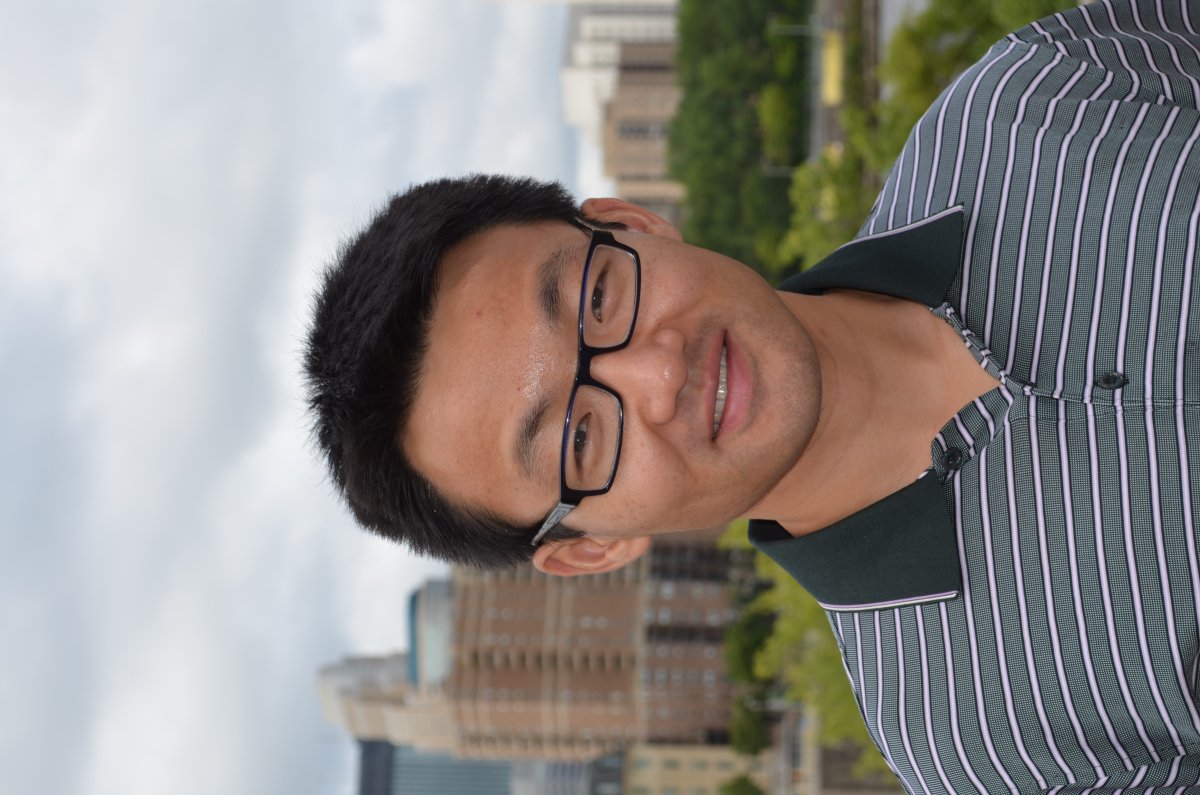Hong receives NSF CAREER award to measure wind turbine wakes using snow

When he began work as an Assistant Professor in the Department of Mechanical Engineering at the University of Minnesota, Jiarong Hong brought with him a fresh perspective on the abundant Minnesota snow: harness it for research breakthroughs. Two winters ago, Hong used snow as a tracer to track the movement of air around the EOLOS turbine. His results created a stir in the engineering community as he developed a new way of studying wind movement around large objects and helped him secure a CAREER award to fully explore the implications of this new methodology.
The growth in wind power has generated a number of challenges in wind turbine and farm design and their associated scales. In particular, the movement of wind through the lower parts of the atmospheric boundary layer and its interaction with industry-scale turbines is poorly understood, a fact that reduces the amount of power produced by wind farms and can result in early structural aging in turbines. Using snowflakes to trace the movement of wind around a turbine, including choppy gusts and how the position of other turbines alter wind flow, will allow the Hong Lab to use super-large-scale PIV (Particle image velocimetry, a whole-field velocity measurement technique based on imaging the motion of tracers) to record how the wind responds to the presence of a turbine and how the turbine responds to the wind. They will then take these large scale observations collected at the University of Minnesota’s 2.5 MW wind turbine (EOLOS) into the laboratory and develop a series of scaled experiments that look at the wake a turbine produces in the wind flowing around it. These experiments can be used to study the characteristics of turbine blades and the types of wind or atmospheric boundary layer conditions that produce harmful or beneficial situations.
The applications of this research will not only aid in the design of wind turbines and farm layouts, but they will also provide a deeper understanding of the basic functioning of the atmospheric boundary layer. Dr. Hong is planning to work with multiple national organizations to share his findings through education curricula designed around the EOLOS field station, including creating hands-on programs for younger students visiting the EOLOS field site and its associated Education Center.
